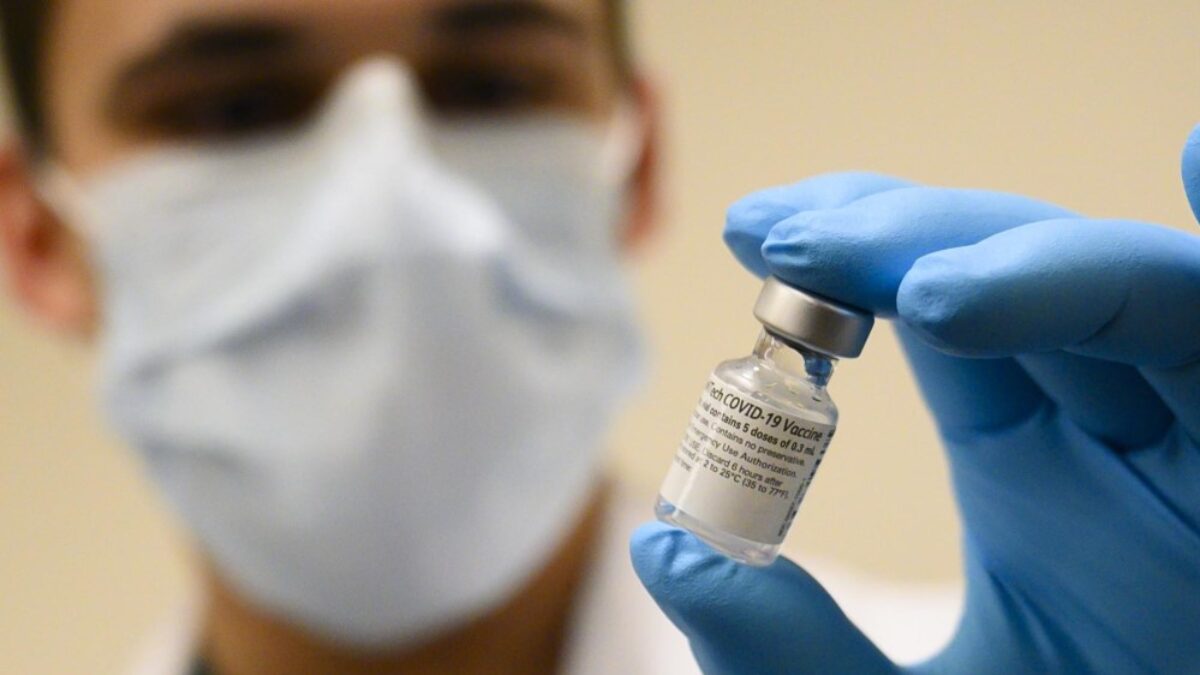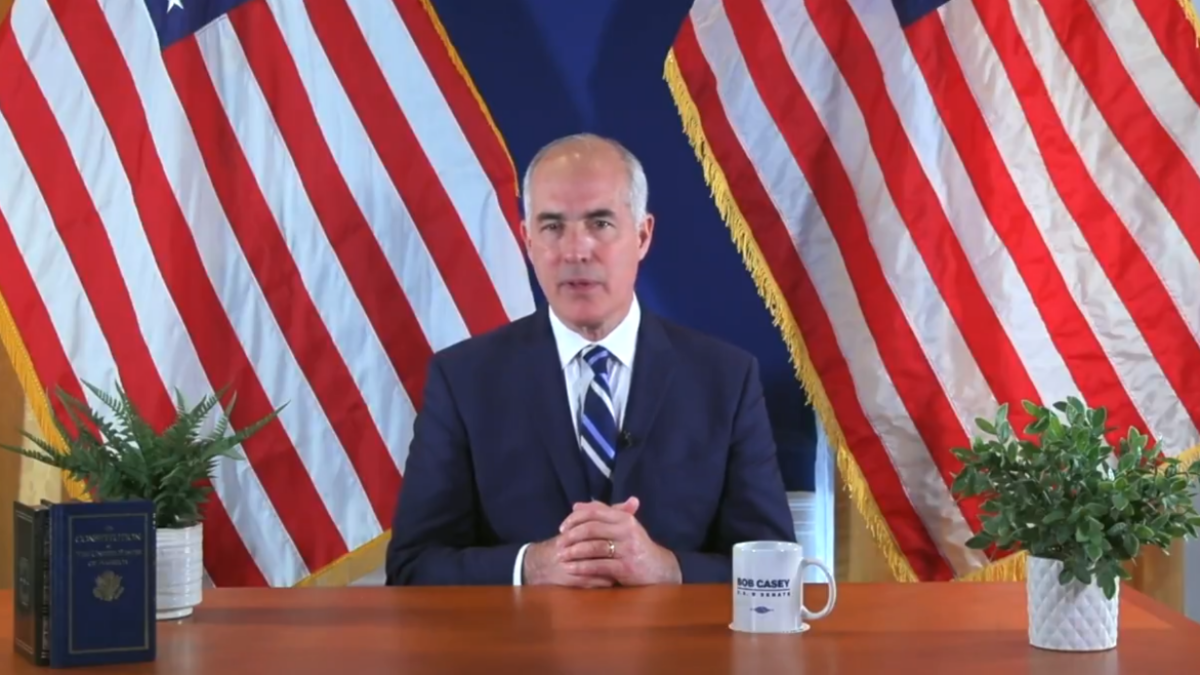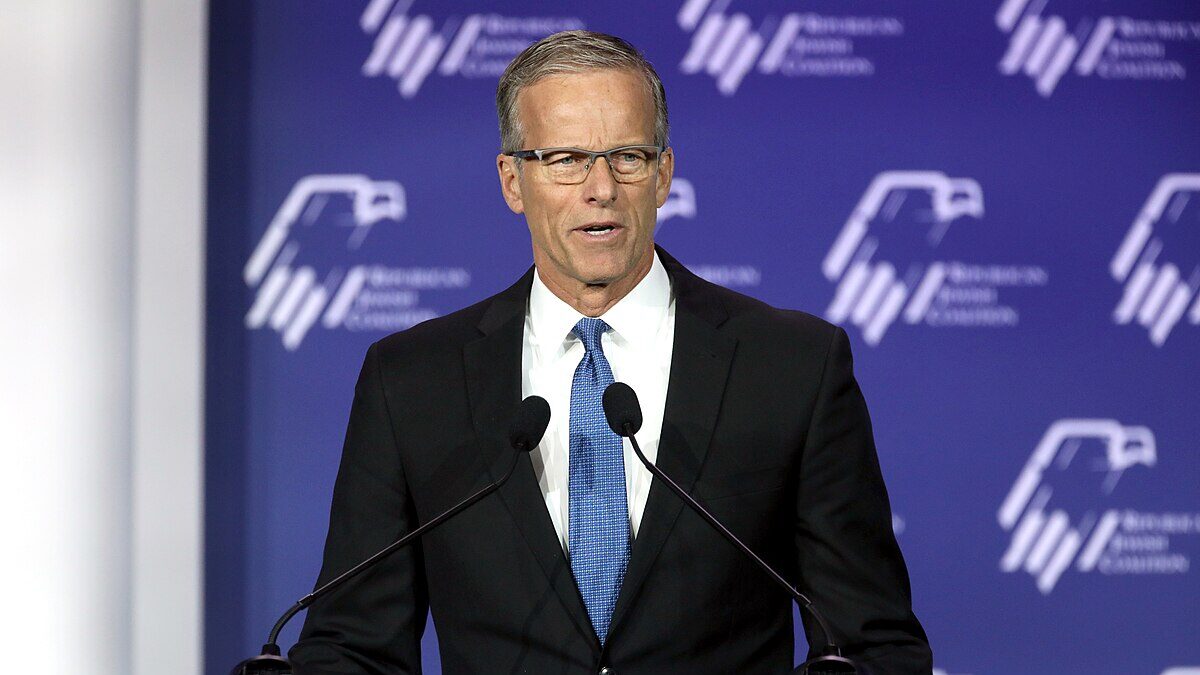
The attacks on free speech and science are unrelenting. Academic publisher Elsevier’s suppression of an article documenting the myocarditis risk of the COVID-19 vaccines, with no excuse or pretext offered, is incredible enough. Viewed alongside Twitter’s censorship of the American Heart Association, YouTube’s suppression of a panel discussion of vaccine mandates on Capitol Hill, and the Orwellian call by National Institutes of Health Director Francis Collins for critics of the government’s COVID-19 policies to be “brought to justice,” the trend is positively chilling.
Now more than ever, we need substantive debate about decisions that affect the health of hundreds of millions of people, including views counter to official positions. Instead, we have National Institute of Allergy and Infectious Diseases Director Anthony Fauci’s absurd claim “I represent science” as proof of how one-dimensional our COVID-19 policymaking has become.
These are just a few examples of the wave of censorship that has accompanied COVID-19, uniting government bureaucracies with obedient news media, academia, scientific publishing, and powerful Big Tech companies. Above all, this concerted campaign suppresses all disagreement about topics including potential early treatments, the natural immunity of recovered individuals, and the safety and efficacy of COVID-19 vaccines. Differing viewpoints on these topics are swiftly labeled “disinformation,” but in fact represent principled dissent based on a large and growing body of scientific evidence.
Universal Vaccination Based on False Premise
In the case of COVID-19 vaccines, the censorship aims to stamp out any questions about a universal vaccination program that, it is now clear, was based on the false premise that low-risk individuals must get vaccinated to halt the spread of COVID-19 and end the pandemic. Almost a year into the global vaccination campaign – and starting long before omicron arrived – all the data stand in stark opposition to this belief.
Rapidly waning vaccine efficacy and COVID-19 surges in countries and regions with high vaccination rates – including Israel, the United Kingdom, Singapore, and now Europe, as well as high-vaccination U.S. states like Vermont – are evidence that vaccinated individuals can spread COVID-19 at rates comparable to the unvaccinated. Multiple studies have shown that viral load in vaccinated individuals with COVID-19 is the same as in the unvaccinated.
Most damning, reports regularly published by the British government show that for every age group from 30 years and up, vaccinated individuals are now actually more likely to test positive for COVID-19. In the case of the 40-59-year-old age group, in the latest report the rate is twice as high among the vaccinated.
Whether this is due to the physiological effects of the vaccines or to social factors – for example freer socializing by the vaccinated – the United Kingdom’s record-breaking surge across a mostly vaccinated population makes one thing clear: mass vaccination will not stop the pandemic. Similar surges fueled by breakthrough cases around the world tell the same story.
This is not disinformation but simply data, which everyone should be free to consider and discuss – even more so as it bears critically on the cost-benefit analysis individuals must make as they decide whether to receive the COVID-19 vaccine and subsequent boosters.
That’s because, whatever vaccine makers and government agencies may say, it is also clear that the COVID-19 vaccines are not without risks, which for some individuals extend to permanent life-altering injuries and even death. For individuals at high risk of severe COVID-19 disease, the risks posed by vaccines may make sense, but for low-risk individuals, such as the vast majority of children, adolescents, and young adults of child-bearing age, the calculation is very different.
Discussing Risks Is not Disinformation
Any discussion of vaccine-related injuries and mortality is immediately labeled disinformation because it necessarily relies on the Vaccine Adverse Event Reporting System (VAERS), an imperfect legacy institution that allows anyone to file a report, conveniently enabling skeptics to dismiss the entire issue of vaccine risks as unfounded anecdote and fabrication. However, any responsible public health program should not take as its starting (and ending) point the assumption that the reports are all false, but instead consider the opposite: what if the numbers on VAERS are real – or even worse, represent substantial underreporting?
The numbers that we have are not reassuring. Since the COVID-19 vaccination program began last December, VAERS has recorded a total of more than 946,000 post-vaccination adverse events and almost 20,000 post-vaccination deaths. The largest daily death counts occurred within two days of vaccination, gradually subsiding with the length of time since the shot – a very strong temporal signal that there is a causal connection, not mere coincidence, behind these events.
The trend is corroborated by data from abroad: over the same period, the United Kingdom’s Yellow Card system, equivalent to VAERS, has recorded 400,000 individual reports of adverse events following COVID vaccination, including more than 1,800 deaths.
Possible Underreporting of Adverse Events and Deaths
Moreover, counter to those who dismiss VAERS data as inflated, historical data suggests that vaccine-related adverse events and deaths are in fact underreported by a large margin. The Lazarus Report, funded by the U.S. Department of Health and Human Services, found that “fewer than 1% of vaccine adverse events are reported,” and a 2015 study published in the scientific journal Vaccine acknowledged “known underreporting of adverse events to VAERS.”
A Centers for Disease Control study analyzing VAERS reports from 1991 to 2001 warned that adverse events may be underreported. The U.S. Food and Drug Administration has admitted that it was incapable of tracking adverse events regarding the COVID-19 vaccines. In a letter to Pfizer dated August 23, 2021, the FDA stated, “the pharmacovigilance system that FDA is required to maintain … is not sufficient to assess these serious risks.”
Why would doctors fail to report adverse events, including deaths, among recently vaccinated patients? Consider the fierce warnings issued by national medical organizations and state medical boards, threatening to strip any doctor who questions the safety of the COVID-19 vaccines of his license. If questioning vaccine safety can destroy your career and livelihood, would you create a permanent public record attaching your name and license number to a report doing precisely that?
Fatally Flawed Safety Reviews
Again, it is not spreading disinformation to take note of these figures, to ask what they mean, and to raise the possibility that the true extent of these events is underrepresented. But doesn’t all this imply that the safety review process established by the FDA and pharmaceutical companies for the COVID-19 vaccines may be fatally flawed?
In a word, yes. From the revelations of a whistleblower about the “poor practices” and “data integrity” issues at a Pfizer subcontractor involved in the safety trials, to Pfizer’s minimizing of catastrophic injuries as minor discomfort in the trial for the 12-15-year-old age group, to potential conflicts of interest on the FDA’s vaccine advisory committees, there are plenty of reasons to be gravely concerned about the integrity of the safety review process for the COVID-19 vaccines.
Just as pressing are these questions: how did the process become so badly broken, and why have all the traditional independent stewards of the public interest, including the news media and academia, remained silent in the face of so many glaring failures? More than that, why have they been complicit in the censorship silencing anyone who raises these issues?
Questioning the competence and integrity of government bureaucracies like the FDA doesn’t make someone a bad person or a spreader of disinformation. Government bureaucracies can be wrong, and historically the citizens of democracies have viewed it as not only their right but their duty to scrutinize public officials’ decisions. Dissent is an integral part of the sacred compact between government and governed that underpins a free society, and Americans allow the current regime of censorship to continue at their extreme peril.








